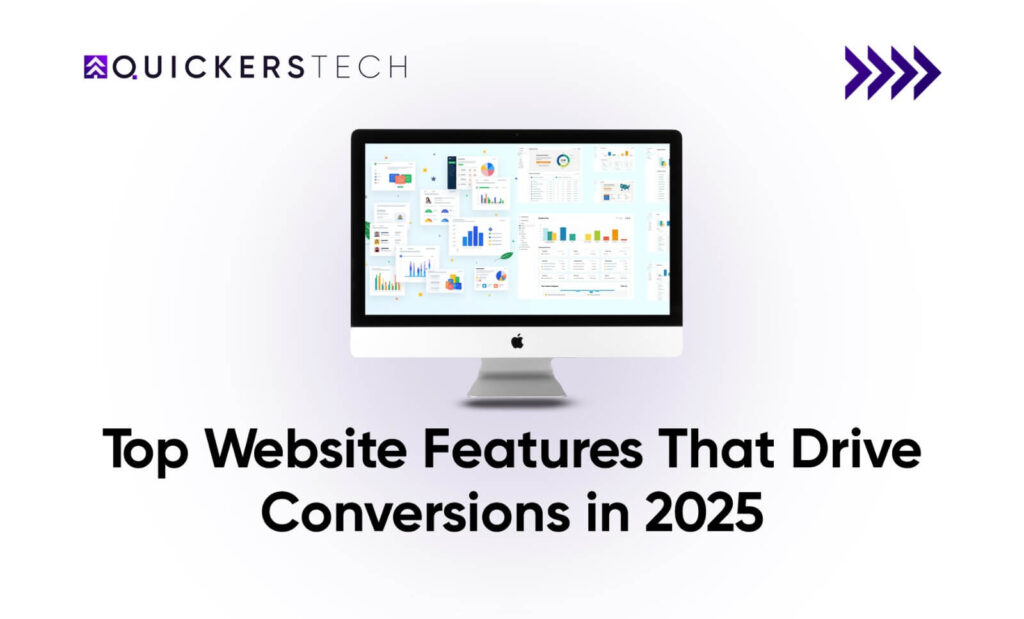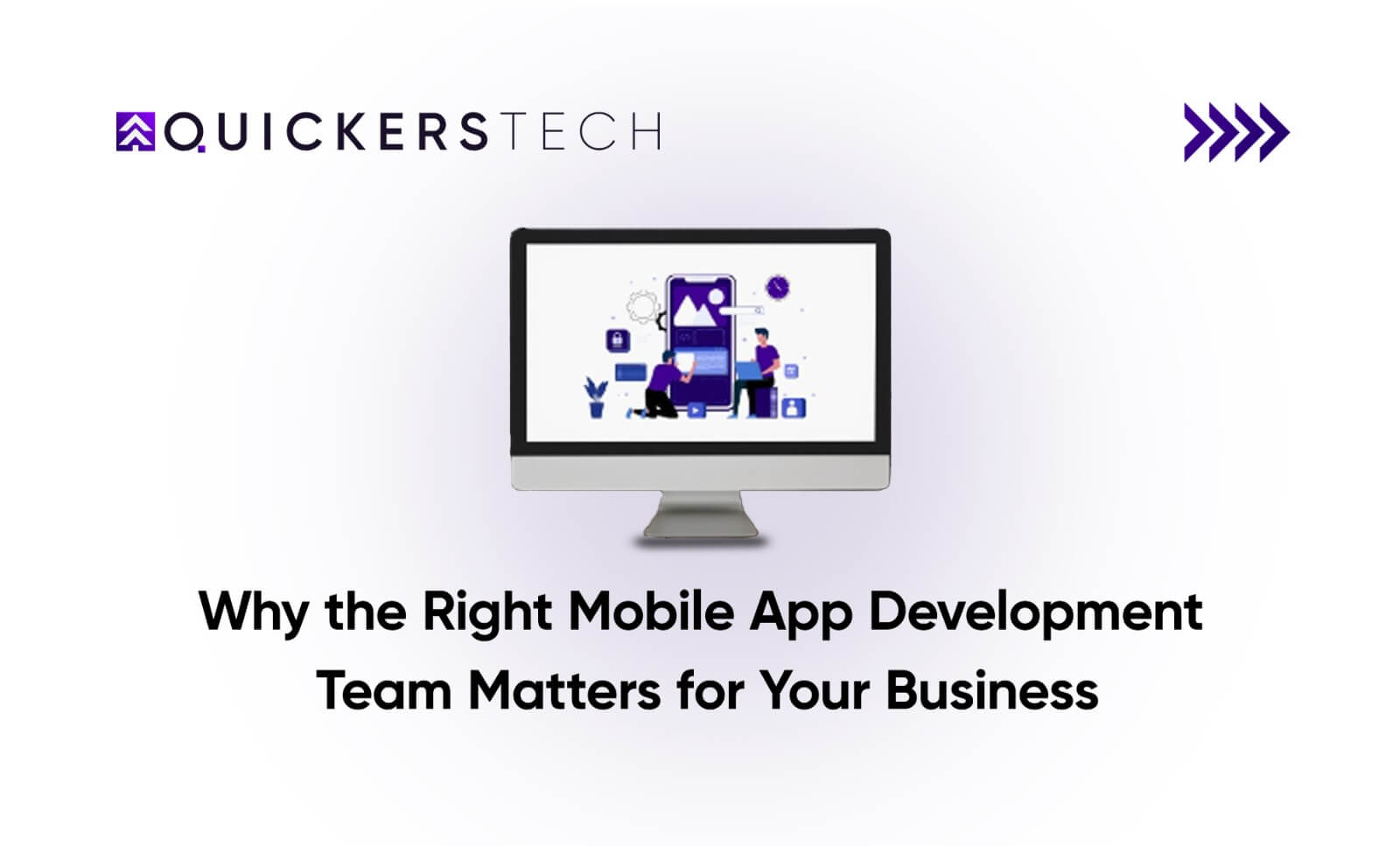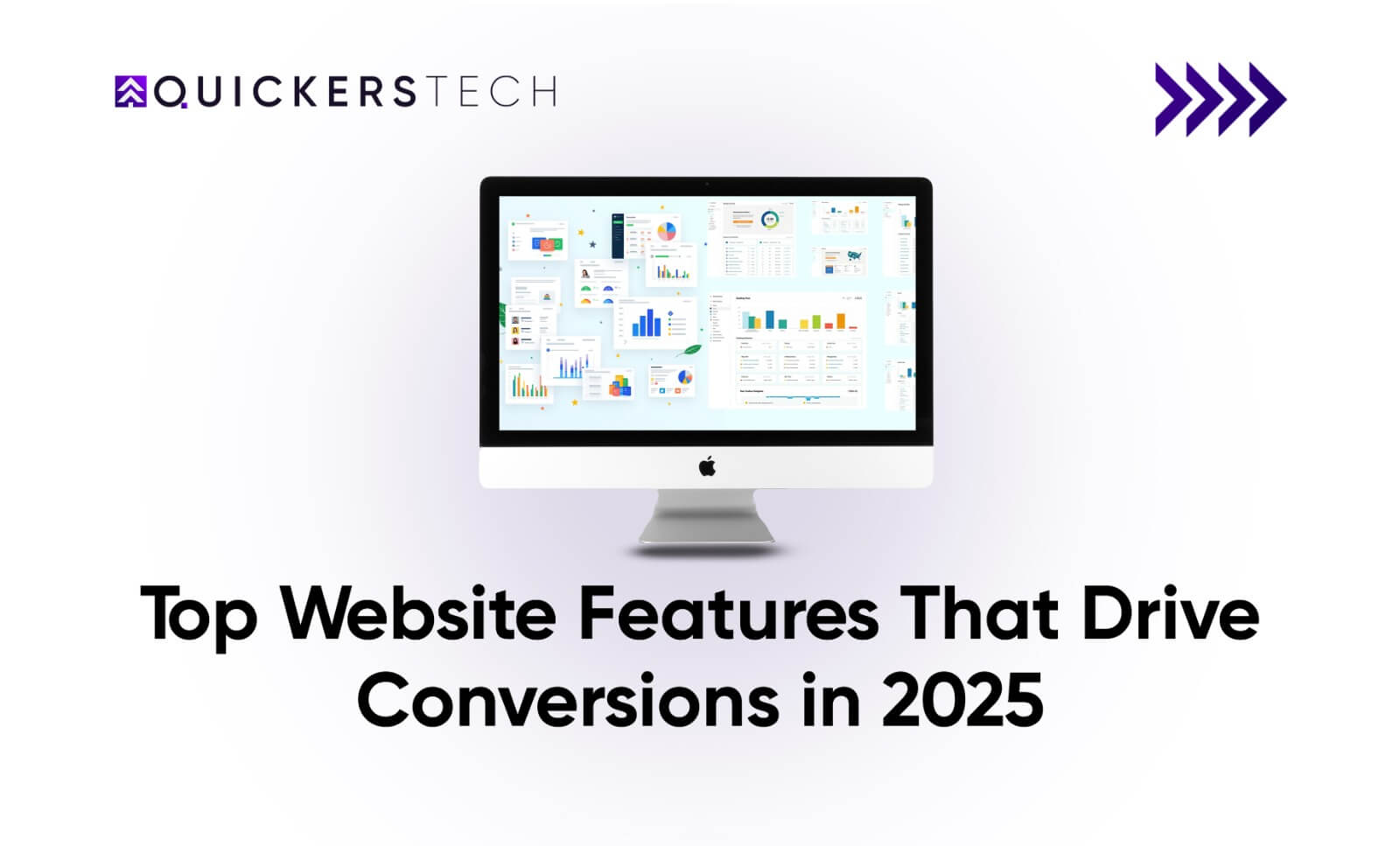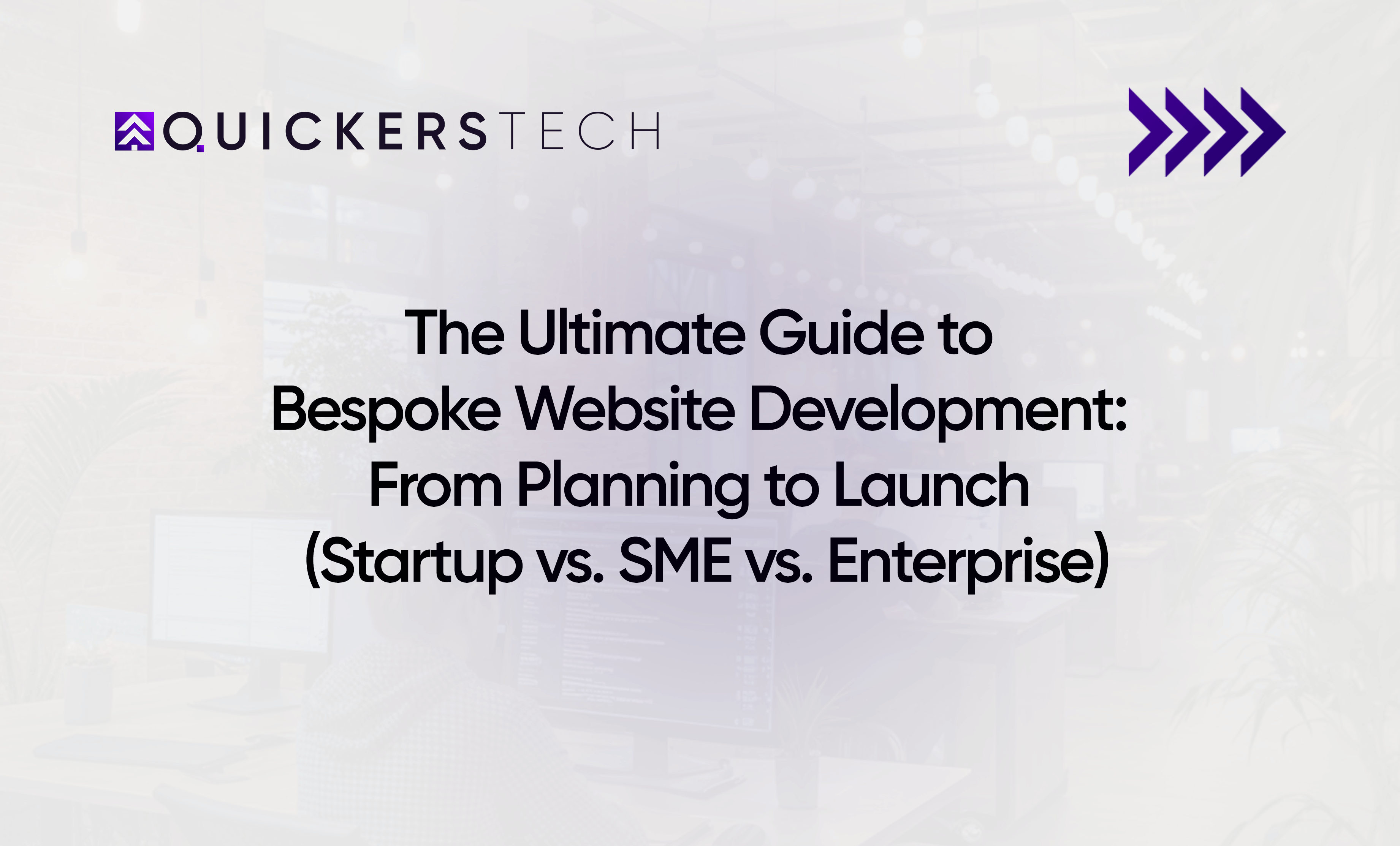Contents
- 1 What Features Should a Website Have to Increase Conversions?
- 1.1 1. Fast Load Speed (Because Every Second Counts)
- 1.2 2. Clear, Focused Layout That Guides Action
- 1.3 3. Mobile-First Design That Works Everywhere
- 1.4 4. Trust Elements That Remove Buyer Hesitation
- 1.5 5. High-Impact Hero Section That Converts on Arrival
- 1.6 6. Personalized UX Based on User Behavior
- 1.7 7. Bespoke Website Development for Flexibility & Scalability
- 1.8 8. Seamless App + Web Integration (Think Cross-Platform Users)
- 1.9 9. Content That Matches Search Intent (For Organic Visibility)
- 1.10 10. Built-In Analytics to Optimize Conversion Paths
- 2 Final Thoughts: Build a Website That Works, Not Just Looks Good
In 2025, users expect websites to load quickly, look great on every device, and guide them clearly toward action, all within seconds. That’s why businesses focused on performance and usability often turn to responsive website development services as the foundation of their digital strategy.
Whether you’re launching a new product, running a mobile app, or growing an eCommerce brand, success hinges on your website’s speed, structure, and trust. A modern website doesn’t just attract traffic, it converts that traffic into real results.
This guide shows the top website features. These features can boost engagement, lower bounce rates, and convert more visitors into customers.

(Source: Econsultancy)
Quick Summary: Must-Have Website Features for 2025
| Goal | Feature |
| Keep users engaged | Fast-loading, mobile-friendly layout |
| Build trust | Reviews, badges, SSL, proof |
| Guide decisions | Clear CTAs, structured UX |
| Increase visibility | Answer-based headings, long-form content |
| Adapt to users | Personalization, dynamic content |
| Support growth | Bespoke website development |
| Track & improve | Analytics, testing, feedback |
What Features Should a Website Have to Increase Conversions?
1. Fast Load Speed (Because Every Second Counts)
User Problem: “I’m getting traffic but visitors leave quickly.”
People abandon slow websites — it’s that simple. In 2025, speed is no longer a “nice to have,” it’s a dealbreaker. If your site doesn’t load in under 3 seconds, you’re losing potential customers by the minute.
Conversion-boosting features:
Compressed images and optimized code
Lazy loading for videos and galleries
Cloud hosting and CDN integration
Server-side rendering for faster dynamic content
Use Mobile App Performance Optimization techniques on websites to ensure top performance on both desktop and mobile.
2. Clear, Focused Layout That Guides Action
User Problem: “People don’t know where to click or what to do next.”
Visitors won’t convert if your site is cluttered or confusing. You need a website that features intentional design and a guided user flow.
The top website features for clarity:
One CTA per section
Clear headline and subheadline structure
Visual hierarchy with bullet points, icons, and short paragraphs
A smart layout that reduces decision friction
Simple designs convert better, especially when they lead users step-by-step toward your goals.
3. Mobile-First Design That Works Everywhere
Over 70% of web traffic now comes from mobile devices. (Source: Statista, 2025)
User Problem: “My website looks broken on mobile.”
Most of your users are on mobile, and they expect a seamless experience. If your layout is slow, clunky, or hard to use on phones, you’ll lose trust immediately.
So, more businesses are using responsive website development services. This helps them maintain consistent performance on all screen sizes. Responsive design, with tap-friendly navigation and optimized mobile CTAs, boosts engagement and conversions.
Google also rewards mobile-first designs with higher rankings, so your visibility grows too.
4. Trust Elements That Remove Buyer Hesitation
User Problem: “Visitors land on the site but don’t take action.”
Even if you have a great product or service, people won’t convert if they don’t trust you. Trust signals reduce friction, build credibility, and give users the confidence to take the next step.
Website features that build trust:
Verified reviews and testimonials
SSL security and trust badges
Transparent policies (returns, privacy, shipping)
Case studies or media mentions
Don’t just say you’re trustworthy — show proof at every key decision point.
5. High-Impact Hero Section That Converts on Arrival
User Problem: “Bounce rate is high — visitors don’t stay.”
Your hero section (the top part of your homepage or landing page) must answer three questions quickly, in less than 5 seconds:
What do you offer?
Who is it for?
What should they do next?
The top website features a strong hero section:
Clear, benefit-focused headline
Short subheadline with a value statement
Primary CTA (e.g., “Start Free Trial”)
Visual (image, video, or animated demo)
First impressions convert, especially when users feel understood right away.
6. Personalized UX Based on User Behavior
User Problem: “Engagement is low, users aren’t returning.”
Generic websites are forgettable. Personalization keeps users interested. It makes them feel the site was made just for them.
Cool website features for personalization:
Product or content recommendations
Dynamic CTAs based on user type
Geo-location-based offers
“Welcome back” elements with remembered preferences
Even small personal touches lead to higher retention and more sales.
7. Bespoke Website Development for Flexibility & Scalability
User Problem: “Our current website can’t scale or integrate new features.”
Templates are great for starting, but they quickly hit their limits. As your business grows, you’ll need more flexibility and control.
That’s where bespoke website development comes in.
Why it matters:
Tailored features built around your business model
Custom backend integrations (CRM, API, third-party apps)
Unique designs that reflect your brand identity
Scalability for future growth, launches, or app sync
Your business is unique — your website should be too.
8. Seamless App + Web Integration (Think Cross-Platform Users)
User Problem: “We have both a website and app, but they feel disconnected.”
When you invest in digital experiences for web and mobile, make sure they feel unified. Today’s users move between platforms, and they expect consistency.
Modern App Development + Website Sync Features:
Shared login systems
Deep linking between the app and the website
Unified branding and messaging
Real-time data syncing (user profiles, orders, settings)
Whether it’s a mobile app or PWA, integration is key to long-term retention.
9. Content That Matches Search Intent (For Organic Visibility)
User Problem: “We’re not ranking or getting organic leads.”
It’s not just about creating content. It’s about writing content that answers real user questions in the way they search for them.
Content-focused website features:
Long-tail, question-style headings
Natural keyword placement
In-depth answers to common objections
Internal linking to relevant pages and services
This is how you naturally rank in AI-driven results — without keyword stuffing.
10. Built-In Analytics to Optimize Conversion Paths
User Problem: “We don’t know what’s working or where users drop off.”
Without data, you’re guessing. With smart analytics, you’re improving.
Tracking features that matter:
Google Analytics 4 + Conversion Events
Scroll tracking and heatmaps
A/B testing tools
Real-time feedback prompts (e.g., “Was this helpful?”)
The best websites evolve based on user behavior, not assumptions.
Final Thoughts: Build a Website That Works, Not Just Looks Good
The websites that thrive in 2025 are built with intent, purpose, and performance in mind. It’s not just about flashy effects. It’s about removing friction, solving problems, and helping visitors say “yes” easily.”
By incorporating these top website features, you’re not just creating a better experience; you’re building a system that drives conversions 24/7.













